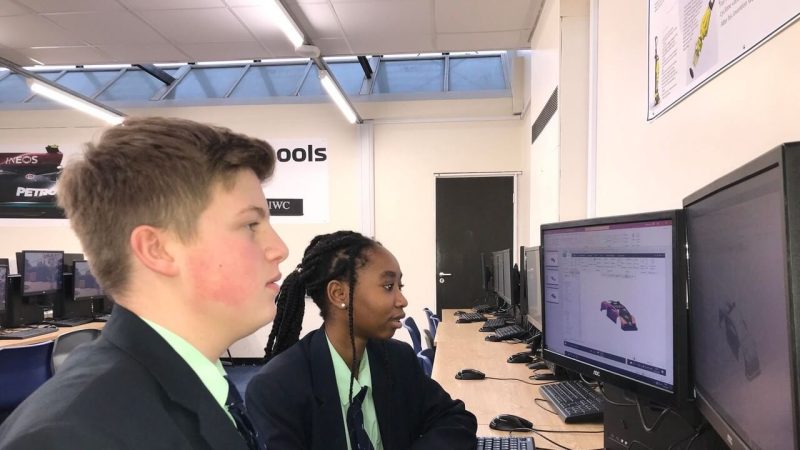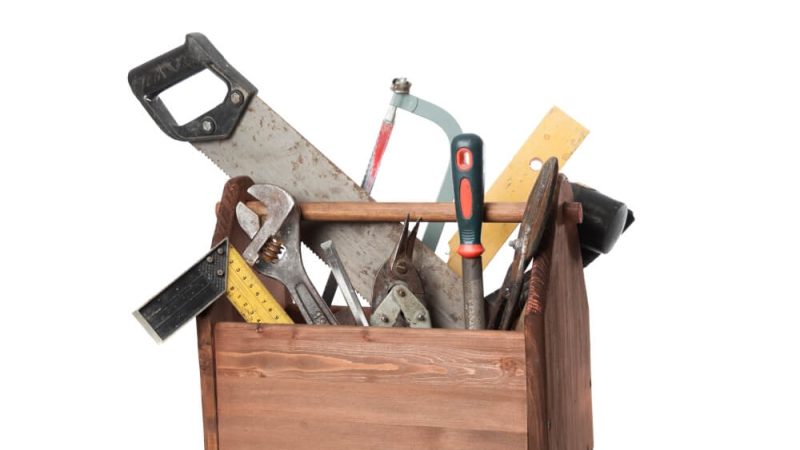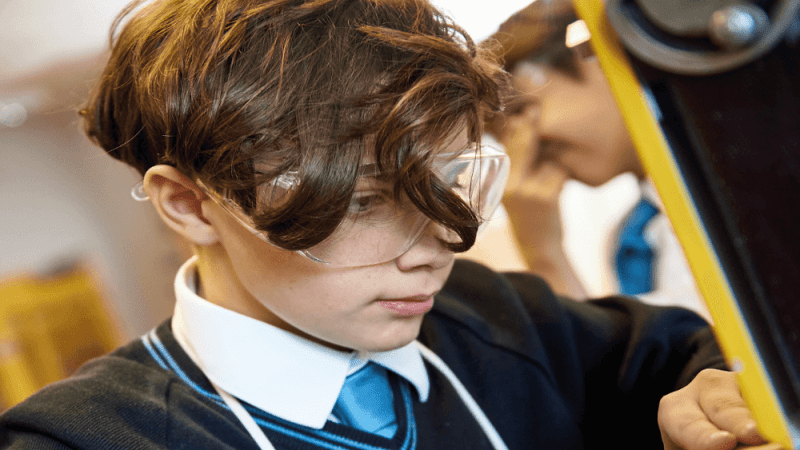Dimension Shift – What Could Your Secondary School Do With A 3D Printer?
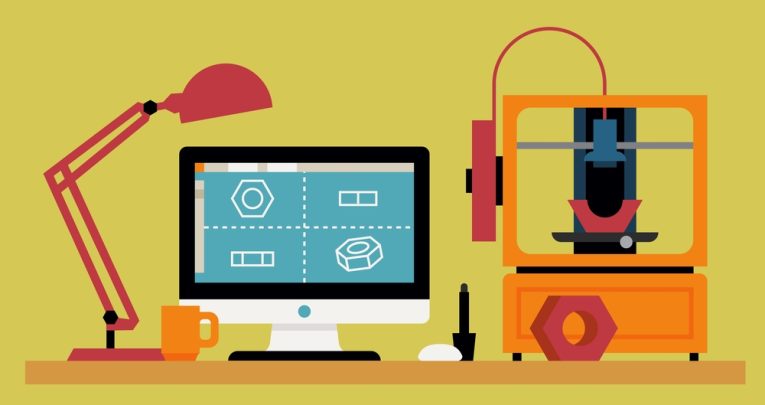
From solving a domestic crisis to creating homes for hermit crabs, Craig Jamieson considers the educational potential of 3D printing…
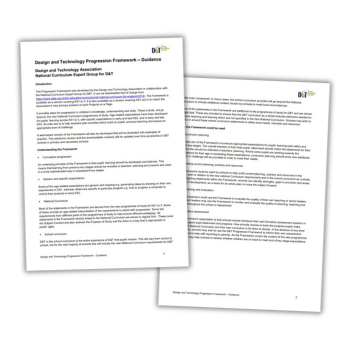
Last week my vacuum cleaner broke. I have three small children – all boys – so this was clearly a problem that needed solving, quickly.
Ever the resourceful geek, I went to my favourite online auction site and ordered the replacement part I needed from Asia. I am still waiting for its delivery – and quite possibly a visit from Environmental Health…
The reason why I share my tale of domestic woe here is simple. Things take time to travel around the world in little boxes, and this is, occasionally, annoying. But there is a tech superhero that could have come to my rescue. With a 3D printer, I could have merely printed the part for the vacuum that I needed, including any special little tools required, and fitted it myself.
It’s no fantasy. Not only have 3D printers been available for a while, they are no longer prohibitively expensive – even for schools! They are machines that are able to build 3D models created on CAD packages, allowing students to design, then iterate their designs if required. If you can think it, you can make it – medical tools, vacuum parts, even working firearms have been designed and then printed remotely.
Like all technology, then, 3D printing can be exciting and worrying in equal measure.
Making progress
As 3D printing becomes more widespread in STEM careers, we as educators must take our lead from the world of work and expose learners to the technology – but also the approach and particular design philosophy that comes with being able to draw something and create it straight away. Sometimes, a little more thought may be required.
In a traditional D&T classroom, students typically have to spend ages making an object before evaluating it, and will often not have the opportunity to create more than one prototype. This has two effects – the iterative nature of design (think Thomas Edison and his ‘1000 ways not to make a lightbulb‘) is not explored, and as the piece of work may be a folio entry for a qualification, the teacher deliberately removes failure points, unintentionally affecting resilience and creating a whole lot of mindset issues.
The shortening of the making process made possible by 3D printers allows students with less capacity for patience to remain engaged with STEM projects. In fact, a 2013 DfE report highlighted this [PDF], as well as the shifting of learner focus to the mathematical and scientific theory and concepts of design. Students with access to 3D printing actually wanted to know the maths and science behind their designs so that they could improve them more efficiently.
There is also evidence emerging of the positive impact that can be had by providing 3D printers to pupils that suffer from dyslexia. Doing so leverages skills usually not affected by the condition, such as spatial awareness, to begin to explore shapes and how they fit together to make objects. This allows for a more nuanced approach to solving problems that is not reliant on literacy for success, but rather on creativity and innovation.
Big ideas
The sky really is the limit. In the course of researching this article I have been blown away by the imagination and expertise on display by all ages of pupils when exposed to this technology. School students in the USA have made prosthetic hands, for example; and I was very taken by a project to create conical shells for hermit crabs in captivity who cannot find an old shell to grow into.
It seems clear that 3D printers could have the potential to change education in the next few years, building more innovative, engaged and capable STEM learners. Teachers will need extensive training, though – not just in the mechanics of how 3D printers work, but in the pedagogical approaches required to build the next generation of makers and innovators.
As we try to enable our young people to take their place in an increasingly creative economy, it’s important that we embrace the whimsical, the frivolous and the fun. No one would want to engage with 3D printers if all you could make were useful grey things with plenty of right angles. It’s the creativity inherent in the technology that provides the real value to learners.
Craig Jamieson is a maths teacher and curriculum development officer; he blogs at mrjamiesonflips.wordpress.com and tweets as @mrjamiesonflips







